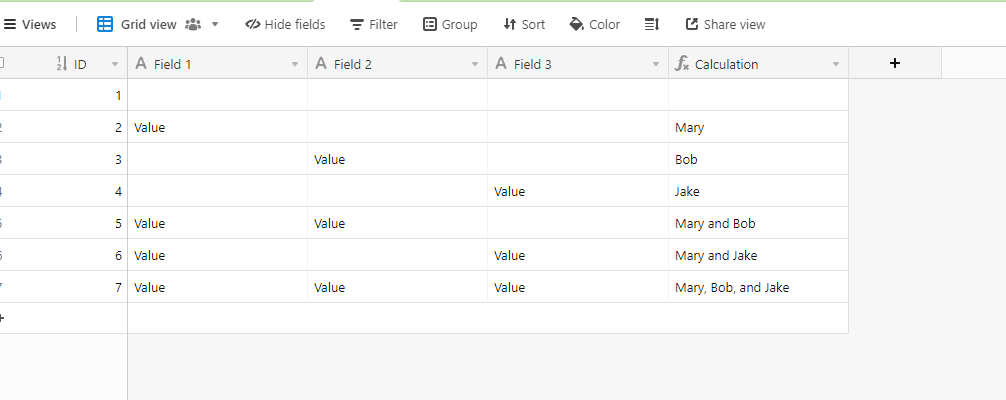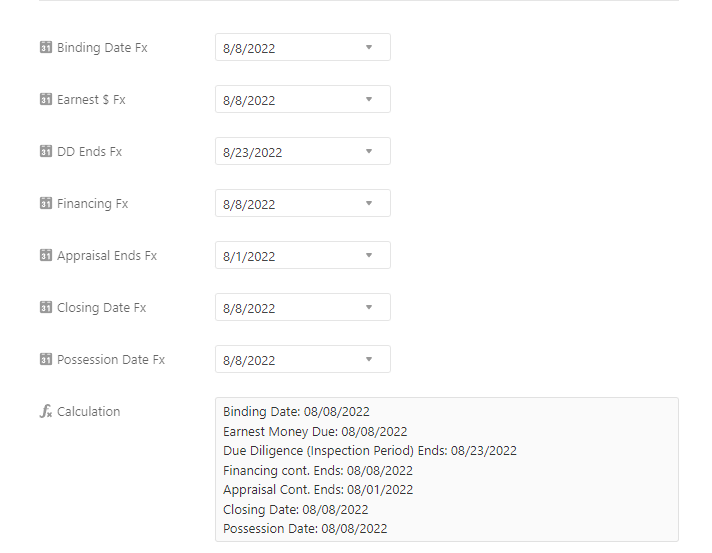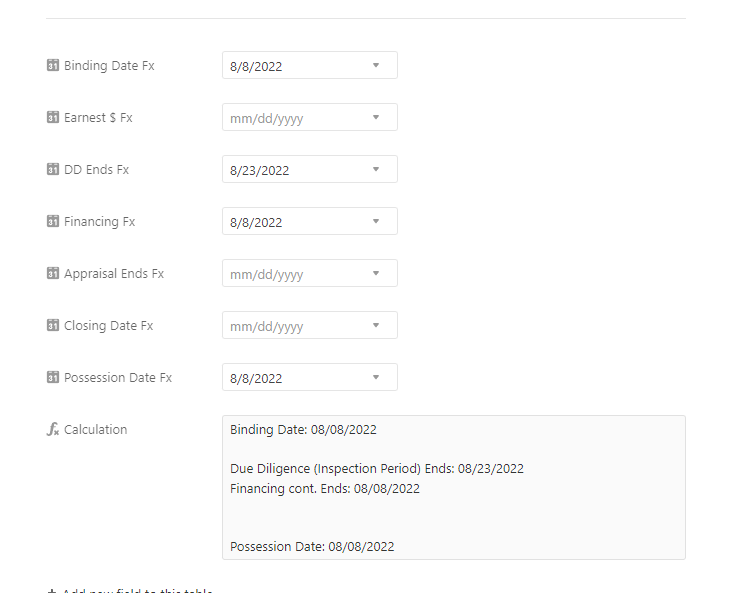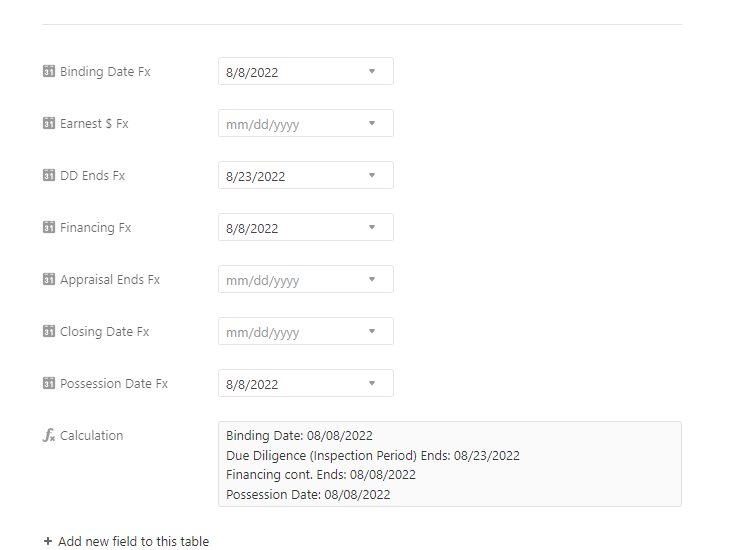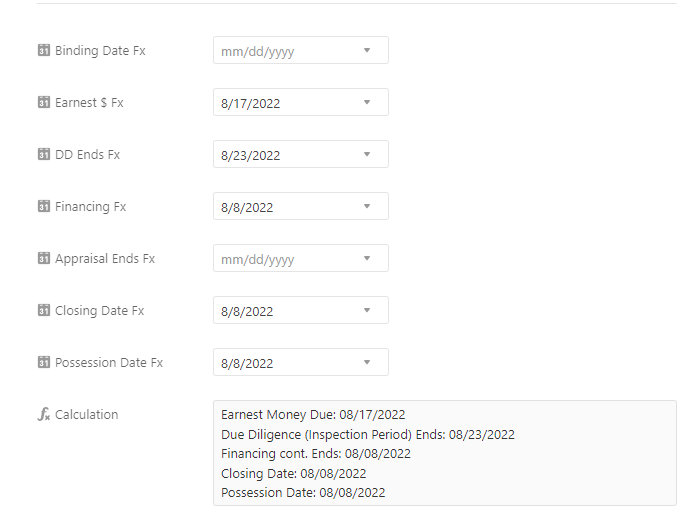Hi All,
Having trouble figuring out how to use IF, AND, concatenate for this situation:
If {Field 1} then return “Mary”, and
If {Field 2} then add “Bob” to the end of “Mary”, and then
If {Field 3} then add “Jake” to the end of “Mary” and “Bob”
It continues for all combinations of Field 1,2, or 3. This was one attempt:
IF(
{Field 1}, ‘Mary’
IF(
AND(
{Field1},
{Field 2}
),
‘Mary and Bob’
)
)



